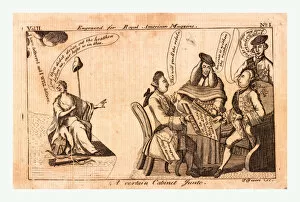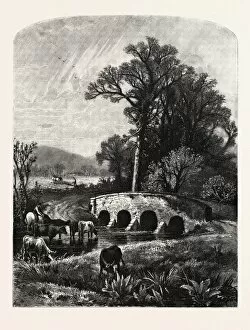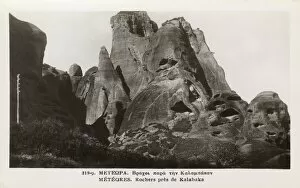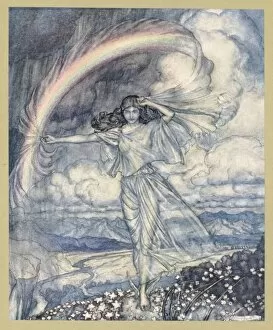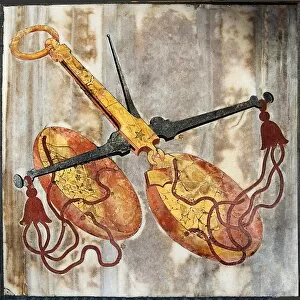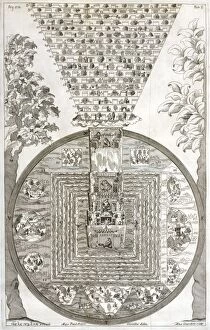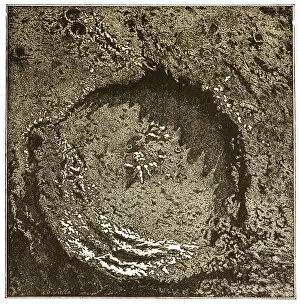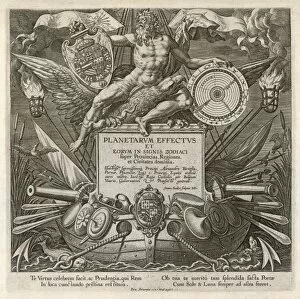Heavens Collection (page 7)
"Heavens: A Celestial Tapestry Unveiled" Step into a world where celestial mechanics and medieval artwork intertwine, revealing the ethereal beauty of heavens
All Professionally Made to Order for Quick Shipping
"Heavens: A Celestial Tapestry Unveiled" Step into a world where celestial mechanics and medieval artwork intertwine, revealing the ethereal beauty of heavens. From the intricate brushstrokes depicting Tsai Shen Yeh, the Chinese God of wealth, to the vibrant colors in "The Creation" reproduction from the Sarajevo Haggadah, this captivating journey through art and spirituality will leave you spellbound. Marvel at W. Heath Robinson's imaginative portrayal of God and his Angels, as they dance across the canvas with grace and majesty. The Junction Picture takes us on a visual odyssey through Adam and Eve's Family Tree, an engraving that traces our ancestral roots back to 1556. Intriguingly, we encounter Wotan and Frea amidst their divine presence; their mythical allure transcends time itself. Cosmas' perception of planet Earth offers a unique perspective on our place in the vast cosmos - a humbling reminder of our interconnectedness with all living beings. As we delve deeper into this celestial realm, Agostino Veneziano's masterpieces come alive before our eyes. Saint Matthew exudes wisdom while Saint Luke emanates compassion; both saints immortalized by Veneziano's artistic prowess. Finally, Saint Mark captivates us with his enigmatic gaze - each stroke capturing his essence flawlessly. In these artworks lies more than mere depictions; they are portals to another dimension where heaven meets earth. They invite us to contemplate life's mysteries beyond what meets the eye - reminding us that there is more to existence than what can be quantified or explained. So let your imagination soar as you immerse yourself in these heavenly creations – for within them lies a glimpse into something greater than ourselves – an eternal beauty waiting to be discovered.










